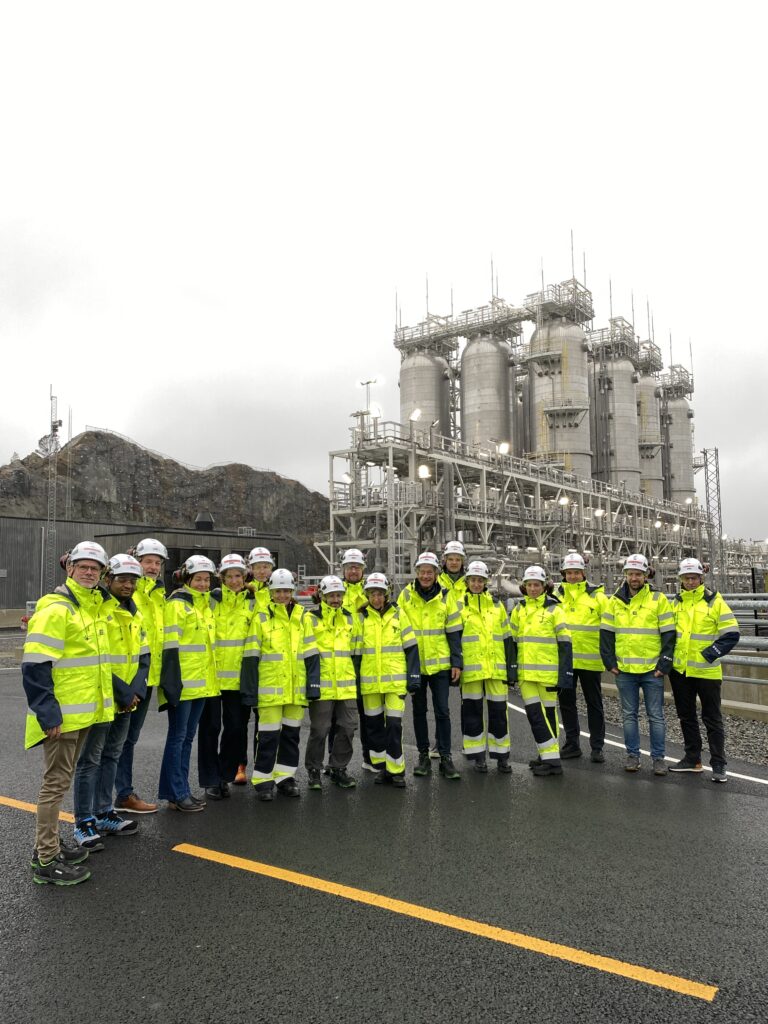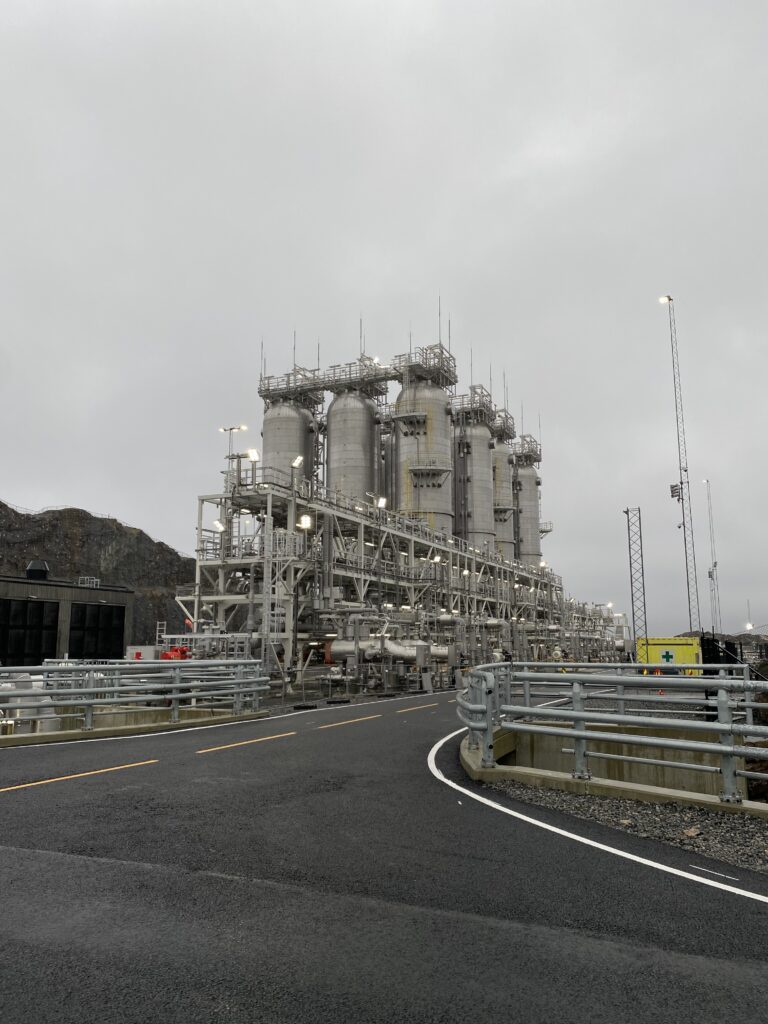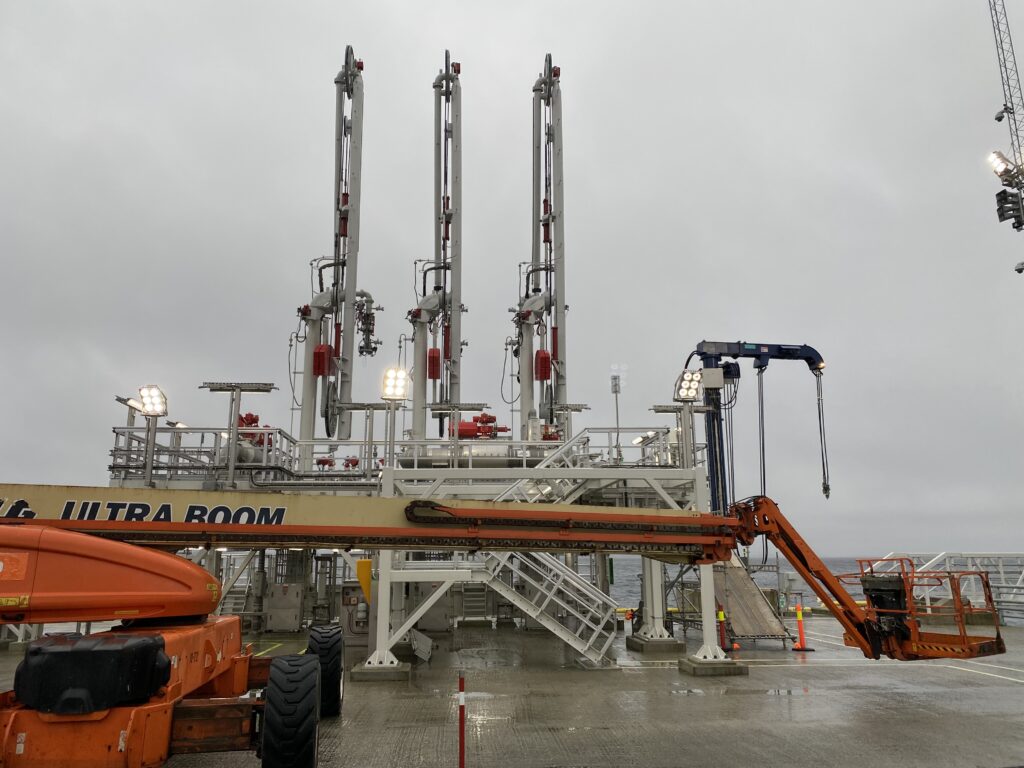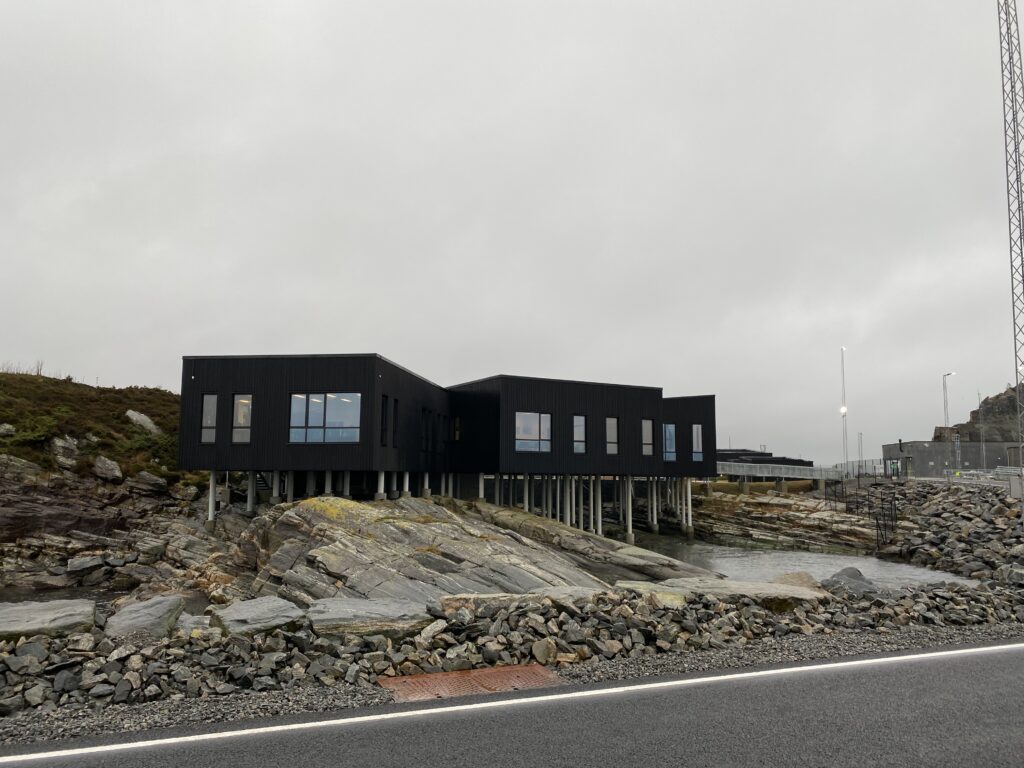
18.11.2024
TCM Employees Experience Northern Lights Up Close
“As exciting and beautiful as the Northern Lights in the sky,” said one of the employees from Technology Centre Mongstad (TCM) after visiting the Northern Lights facility in Øygarden, just outside Bergen.
At the end of September, Energy Minister Terje Aasland inaugurated, Northern Lights, the world’s first commercial facility for the transport and permanent storage of CO2 beneath the seabed. On November 15, nearly 20 TCM employees had the chance to visit this groundbreaking facility and see its operations in action. While TCM focuses on developing and testing CO2 capture technology, the visit offered insight into the next critical steps in the value chain—transport and storage—as part of Norway’s flagship Longship project.




Fully Operational by Next Year
The Longship project is set to become fully operational next year when the CO2 capture facility at Heidelberg Materials in Brevik is completed in 2025. The capture technology, extensively tested at TCM, will enable the facility to collect around 400,000 tons of CO2 annually. The captured CO2 will then be transported by specially built ships to Øygarden, where it will enter pipelines stretching 110 kilometers out into the North Sea. From there, it will be safely and permanently stored in a reservoir located 2,600 meters below the seabed.
Scaling Up for the Future
Northern Lights will play a key role in transporting liquid CO2 by ship from both Norwegian and European sources to Øygarden. During the first phase, the facility has the capacity to store 1.5 million tons of CO2 annually. However, the pipeline from the onshore terminal to the reservoir is designed to accommodate up to 5 million tons. The project aims to gradually scale capacity to 5 million tons per year through phased expansions, aligned with growing demand from industries in Norway and Europe.
The facility’s owners—Equinor, Shell, and Total Energies—are expected to make a decision by February next year regarding a potential investment in Phase 2 of the project, which could further expand the scope and impact of this pioneering CO2 storage initiative.

